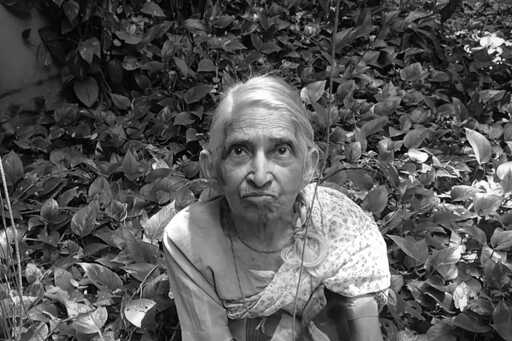In a crumbling four-storey wada in Pune’s old quarter, where temple bells compete with motorbike horns and hawkers press against the walls, an upstairs room stayed stubbornly off the grid. There, surrounded by sparrows and squirrels, a small woman in a plain cotton sari wrote longhand by daylight or by the glow of a kerosene lamp. This was Hema Sane, a botanist who turned her life into an experiment in ecological consistency. She died in Pune on September 19th, aged 85. For more than six decades, Dr. Sane taught botany at Abasaheb Garware College, guiding generations of students from lecture halls into muddy fields. She wrote over 30 books on India’s plants, ranging from technical texts on plant morphology to lively works on Indian spices and the trees of Buddhism. She delighted in reminding her classes that Emperor Ashoka’s edicts on protecting flora predated modern environmental law by two millennia. Science and cultural history, she believed, were not at odds but branches of the same tree. What set her apart was not only her scholarship but her refusal to live as her city did. Born in 1940, she had studied by kerosene lamp and never saw a reason to change. In Budhwar Peth she occupied a single room in her family’s decaying house without a power connection, rejecting refrigerators, televisions, and fans. “Food and shelter are basic needs. Electricity came later,” she liked to say. Her only concession to modernity was a small phone, given to her by a former…This article was originally published on Mongabay
From Conservation news via this RSS feed


